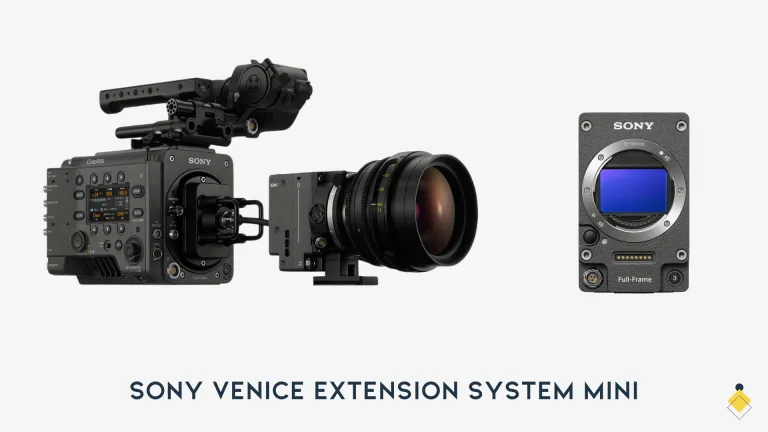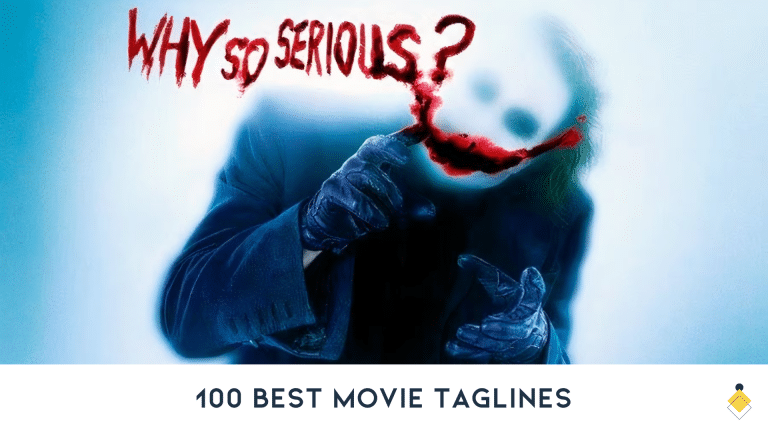As you settle into your seat with a tub of buttery popcorn, the vibrant glow of the movie screen captivating your attention, have you ever wondered, “Do movie theaters have cameras?”
This curiosity often strikes us, especially in this age of heightened security concerns and technological advancements. In a world where surveillance is increasingly pervasive, understanding the presence and purpose of cameras in movie theaters can provide insights into both security practices and your cinematic experience.
Let’s unravel the enigma of movie theater cameras and unveil the reasons behind their existence.
Navigating the Legal Landscape of Movie Theater Cameras
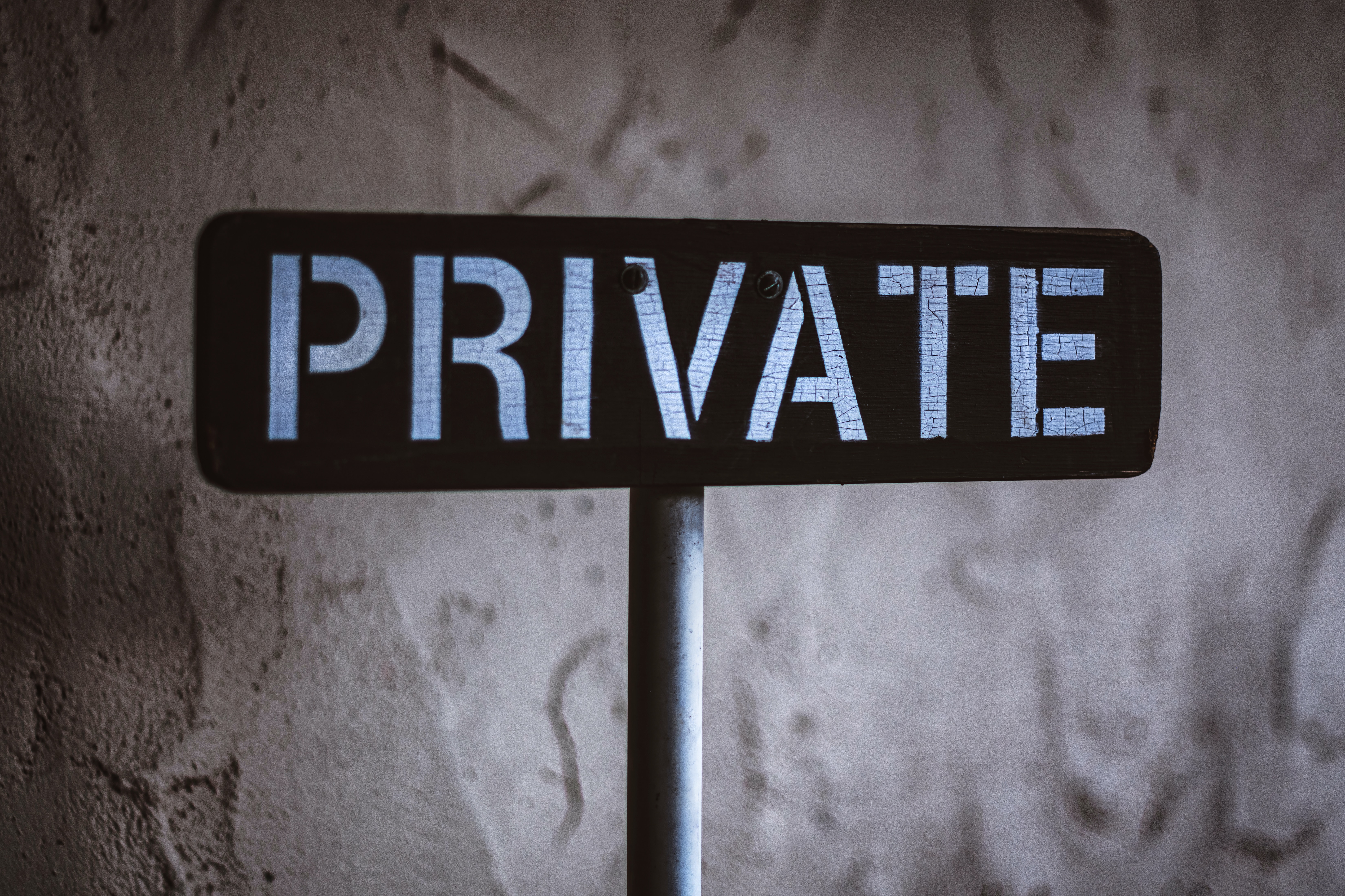
Before delving into the intricacies of why movie theaters employ cameras, let’s address the legality surrounding their use.
It’s worth clarifying that, by and large, the presence of cameras in movie theaters is legally permissible. These cameras are strategically positioned in public areas such as lobbies, corridors, and occasionally, within the screening rooms themselves.
However, it’s important to note that certain spaces, such as bathrooms, are off-limits to surveillance due to privacy regulations.
Rest assured, your moments of private reflection are well-protected from prying lenses. The rules governing surveillance, however, can differ significantly depending on your geographic location.
To provide a general guideline, let’s examine the legality of cameras in various theater spaces:
- Lobbies and Public Spaces: Yes, cameras are typically placed in these areas, which are considered public spaces with no expectation of privacy.
- Screening Rooms: While less common due to privacy concerns, cameras aimed at the audience to deter piracy are generally legal.
- Bathrooms: No, privacy laws dictate that bathrooms remain camera-free zones, respecting the privacy of individuals.
- Employee-only Areas: Yes, surveillance is permitted in these spaces for reasons such as theft prevention. Employees should, however, be informed about such monitoring.
- Parking Lots: Yes, security cameras in parking lots enhance safety by deterring theft and vandalism.
- Box Office / Ticketing Area: Yes, cameras here can deter theft and facilitate dispute resolution regarding ticket purchases.
Having established the legality of cameras in various areas of movie theaters, let’s explore the motivations behind their deployment.
Why the Silver Screen Adorns Security Cameras: A Multitude of Reasons

The presence of cameras in movie theaters is driven by a multitude of reasons, each contributing to the overall safety, security, and functionality of the cinematic experience.
Let’s uncover the 12 key motivations behind the decision to employ these watchful eyes:
- Deter Piracy: With the scourge of movie piracy perpetually haunting the film industry, cameras serve as a vital tool in deterring illegal filming. Their presence makes it considerably riskier for potential pirates to capture the screen without being apprehended.
- Ensuring Audience Orderliness: In a space where numerous individuals converge, disturbances are almost inevitable. Cameras aid in maintaining audience decorum, and any disputes can be swiftly resolved with visual evidence.
- Preventing Violence: In an unfortunate era marked by public violence incidents, security cameras provide an added layer of protection for moviegoers, ensuring their safety during their entertainment escape.
- Thwarting Theft: Like any business, movie theaters are susceptible to theft. Cameras, strategically positioned near cash registers and in parking lots, act as a deterrent against such activities.
- Parking Lot Safety: Beyond theft prevention, cameras enhance the overall safety of parking lots, discouraging potential threats and capturing valuable information in the event of accidents.
- Keeping Employees Honest: Surveillance cameras ensure the integrity of employees, ensuring adherence to guidelines and professional conduct.
- Monitoring Crowd Flow: Particularly during blockbuster releases, theaters can get congested. Cameras aid staff in overseeing crowd movement, identifying bottlenecks, and effectively managing traffic within the theater.
- Lost and Found Assistance: Items frequently go missing in theaters, from wallets to mobile phones. Cameras can aid in tracing the path of the individual who lost an item, or identifying if someone else picked it up.
- Documenting Emergencies and Accidents: Be it a medical emergency or an unfortunate mishap, camera footage can be instrumental in understanding the situation, supporting insurance claims, and serving as evidence in legal proceedings.
- Enhancing Customer Service: Surveillance footage can offer insights to improve customer service. Observing patterns, theaters can optimize operations, such as staffing the concession stand more effectively during peak hours.
- Encouraging Patron Purchases: Cameras stationed near the concession stand serve a dual purpose. Not only do they prevent theft, but their presence may subtly encourage patrons to purchase snacks from the theater, supporting its revenue.
- Discouraging Inappropriate Behavior: By fostering a sense of surveillance, cameras deter inappropriate conduct, such as sexual activities, fostering an environment conducive to all audiences.
Decoding the Camera Placement Puzzle: Identifying Surveillance Cameras
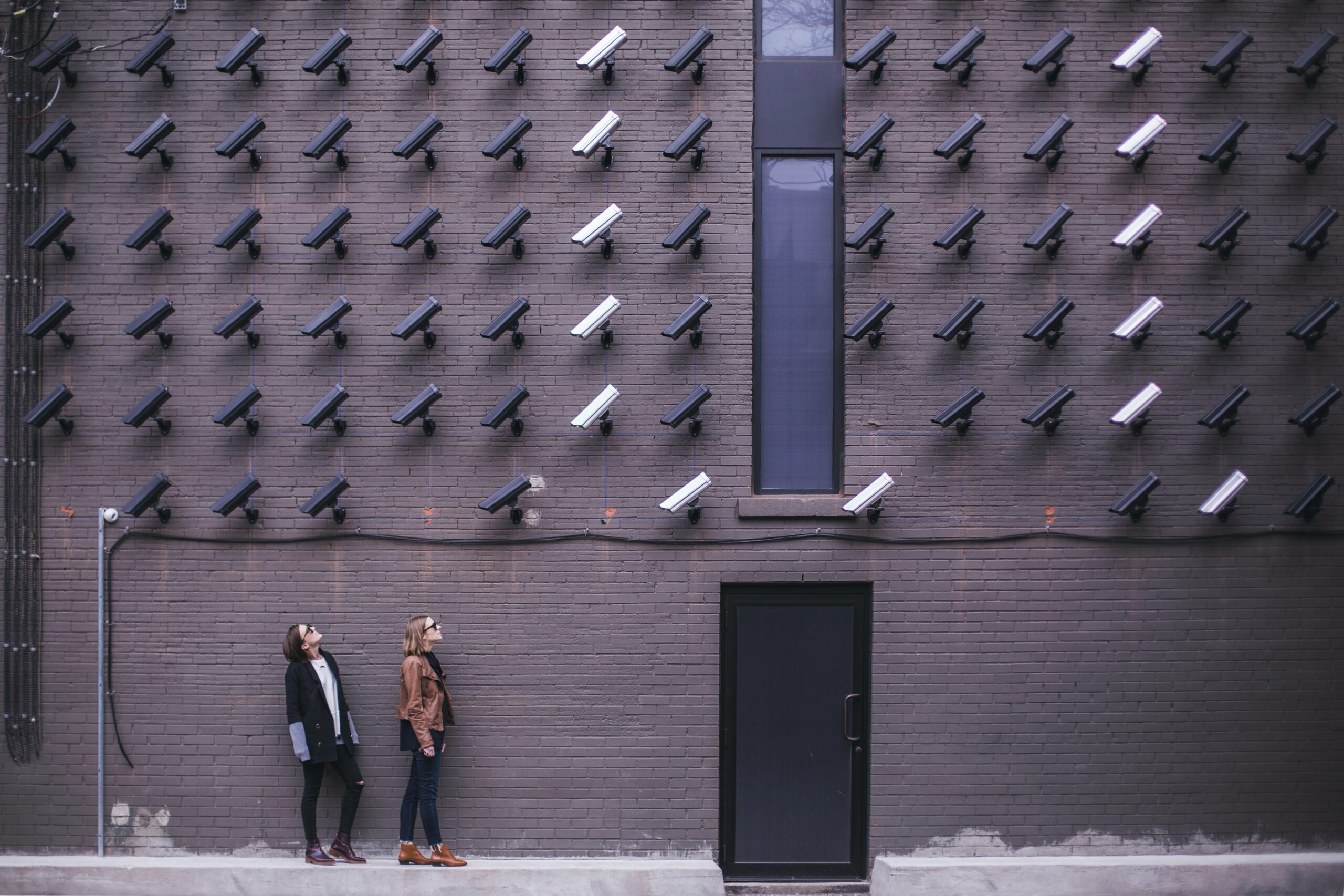
While the immersive movie experience often captivates our senses, spotting surveillance cameras can be a challenge, especially when our focus is fixated on the silver screen.
Nevertheless, these watchful devices are strategically placed, often in corners or high-traffic areas, concealed within dome-shaped casings.

Here are some tips to identify the presence of cameras in your movie theater:
- Dome or Bullet-Shaped Devices: Most surveillance cameras are housed in dome or bullet-shaped enclosures. Look for these in high corners or areas with expansive views.
- Lobby and Entrance Observation: Cameras are commonly positioned in these areas to monitor crowd movement and prevent theft.
- Ceiling Inspections: Cameras within theaters are typically ceiling-mounted to capture the entire audience’s view.
- Signage: Some establishments display signs about surveillance to maintain transparency and discourage misconduct.
Cameras in Leading Chain Movie Theaters: A Definite Presence
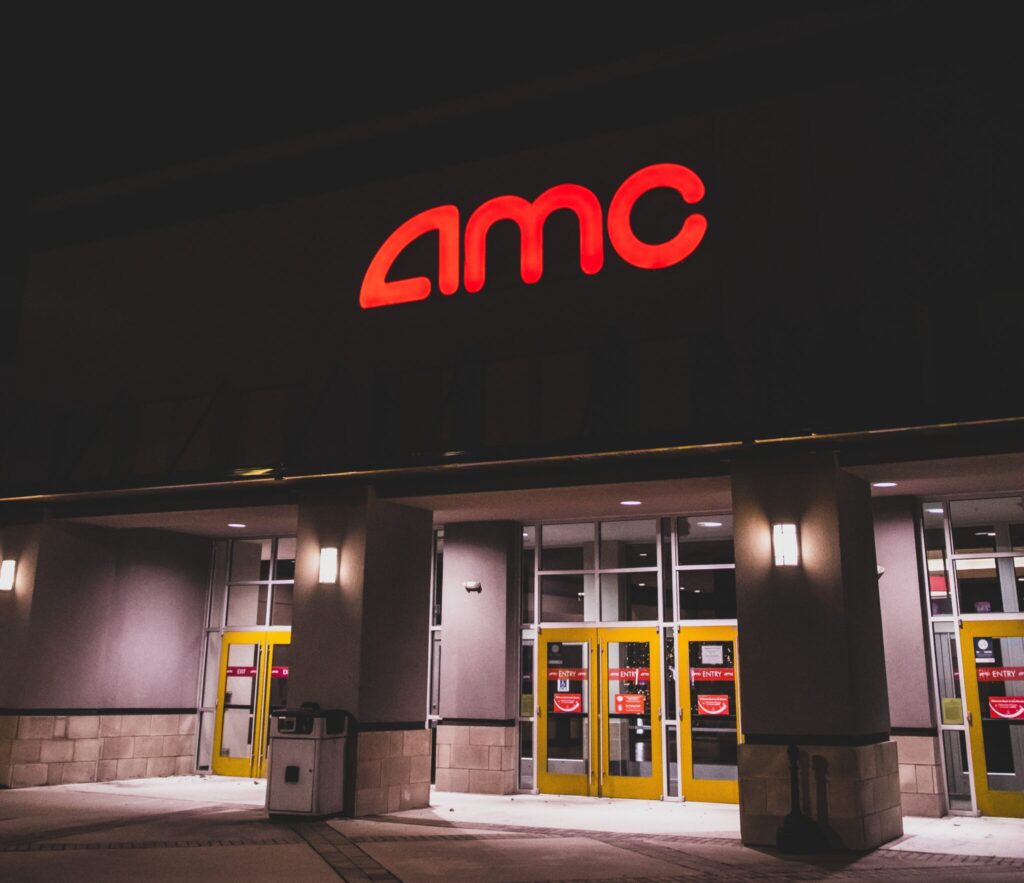
Do AMC theaters have cameras? Does Cinemark have cameras? In the realm of top-tier chains, the answer remains an affirmative yes.
As of 2023, leading American chains, including AMC Theaters, Regal Cinemas, Cinemark, Cineplex Entertainment, Landmark Theatres, Alamo Drafthouse Cinema, Edwards Cinemas, Bow Tie Cinemas, Galaxy Theatres, and United Artists Theatres, have integrated security cameras within their premises.
Balancing the Scales: Weighing the Pros and Cons
As with any security measure, the employment of cameras in movie theaters carries its own set of pros and cons.

Here’s a succinct assessment of these aspects:
Pros:
- Deterrence to Crime: Cameras discourage criminal activity by raising the risk of being caught on tape in a public space.
- Criminal Identification: In the unfortunate event of a crime, cameras aid in identifying culprits by capturing their images.
- Behavior Monitoring: Cameras monitor customer behavior, allowing the prevention of potential issues before they escalate.
- Safety Assurance: Cameras enhance the safety of patrons and staff by acting as a visible deterrent and identifying potential threats.
Cons:
- Privacy Invasion: Some individuals consider camera presence an intrusion into their privacy.
- Copyrighted Material Recording: Cameras can record copyrighted content, potentially leading to legal repercussions if unauthorized material is captured.
- Costs: Installing and maintaining cameras can be financially demanding.
- Maintenance Challenges: Regular camera upkeep is essential, which can be both time-consuming and costly.
Conclusion
In conclusion, the cameras in movie theaters hold a pivotal role in preserving security and enhancing your cinematic encounter.
The legal placement of cameras in strategic areas ensures your safety while respecting your privacy. As technology evolves, these silent sentinels will continue to play an integral part in safeguarding the magic of the silver screen.
So, the next time you settle into your plush theater seat, remember that the discreet cameras around you are there to ensure your memorable movie moments unfold in a secure environment.
FAQs: Cameras in Movie Theaters
Yes, AMC theaters, along with other major chains, typically utilize security cameras within their premises for safety and security reasons.
While policies may vary, many theaters prohibit outside food due to concession sales being a significant part of their revenue. It’s not necessarily illegal, but it goes against theater rules.
Most movie theaters do not have metal detectors as a standard security measure. They generally rely on visual surveillance and staff monitoring.
Yes, many movie theaters employ night vision cameras to monitor the environment even when the theater is dimly lit for screenings.
Detecting night vision cameras can be challenging due to their inconspicuous nature. However, if you suspect hidden cameras, look for small, infrared LEDs emitting red or green light, often visible in dim environments.
Yes, movie theaters often have security cameras installed to monitor common areas, lobbies, and potentially, auditoriums to enhance the theater’s security and ensure the safety of guests.
Movie theaters use a variety of cameras, including CCTV, PTZ (pan-tilt-zoom) cameras, and infrared night vision cameras to monitor different areas of the venue effectively. These cameras can help keep an eye on public areas and deter unwanted behavior.
While it’s less common, some movie theaters may install security cameras inside auditoriums to deter piracy, such as recording the movie. These cameras are usually discreet and designed to not interfere with the movie-watching experience.
Security cameras, particularly those with night vision or infrared capabilities, can help identify individuals attempting to record movies illegally. The presence of cameras serves as a deterrent, and if piracy is detected, theater staff can take appropriate action.
While cameras are installed primarily for security purposes and to monitor public areas, they may inadvertently record customers. However, this footage is typically used to address security incidents and is handled with respect to privacy laws.
The pros include enhanced security, the deterrence of illegal recording and disruptive behavior, and potentially quicker responses to emergencies. The cons might involve concerns over privacy and the discomfort some patrons may feel being under surveillance while watching a movie.
Infrared cameras can capture clear footage in low light or dark conditions, such as inside a movie theater during a screening. They use infrared light, which is invisible to the human eye, to illuminate the area being monitored, allowing the camera to record clear images without disturbing the audience.
While most cameras in movie theaters are placed in plain sight for deterrence, there may be discreet or hidden security cameras installed, especially in sensitive areas. The aim is to enhance security without making guests feel uncomfortable.
Camera footage is crucial for movie theater security as it can be used to monitor activities in real-time and review incidents after they occur. This footage can provide evidence for investigations and help improve the overall safety and security measures within the theater.
Movie theaters typically place cameras in public areas where there is no expectation of privacy, like lobbies and corridors, and avoid areas like restrooms. They also follow legal guidelines and best practices for surveillance, ensuring that the use of cameras respects the privacy of their guests.




